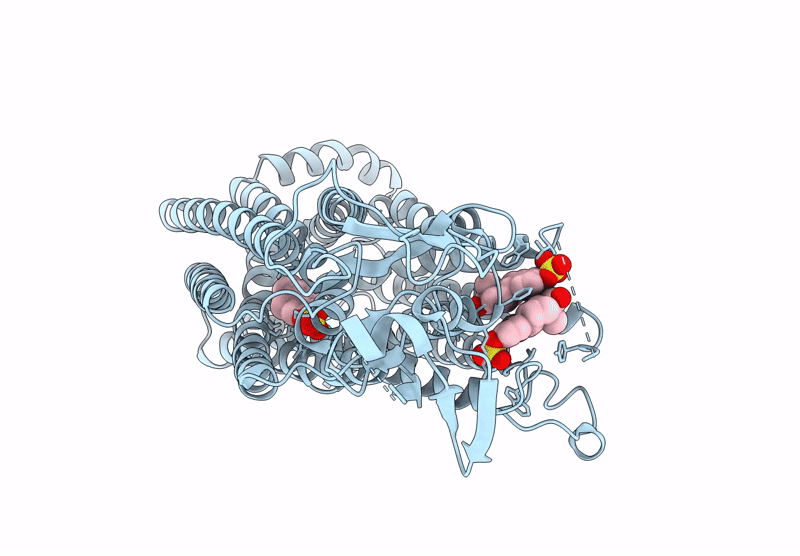
Deposition Date
2024-10-11
Release Date
2025-07-16
Last Version Date
2025-10-15
Entry Detail
PDB ID:
9DXO
Keywords:
Title:
Cryo-EM structure of human OATP1C1 F240A mutant in complex with estrone 3-sulfate
Biological Source:
Source Organism:
Homo sapiens (Taxon ID: 9606)
Host Organism:
Method Details:
Experimental Method:
Resolution:
2.60 Å
Aggregation State:
PARTICLE
Reconstruction Method:
SINGLE PARTICLE


